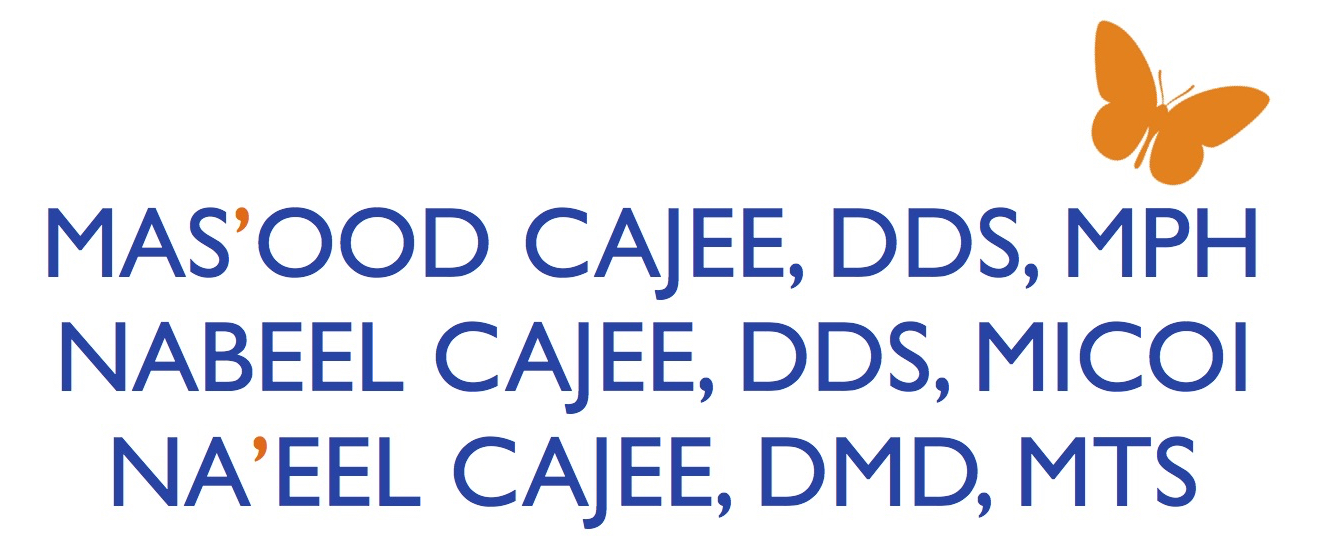Sealants
Dental sealants are another good way to help avoid a cavity. Sealants are thin, plastic coatings painted onto the chewing surfaces of the back teeth, or molars. Here's why sealants are helpful: The chewing surfaces of back teeth are rough and uneven because they have small pits and grooves. Food and bacteria can get stuck in the pits and grooves and stay there a long time because toothbrush bristles can't easily brush them away. Sealants cover these surfaces and form a barrier that protects teeth and prevents food and bacteria from getting trapped there.
Since most cavities in children and adolescents develop in the molars (the back teeth), it's best to get these teeth sealed as soon as they come in:
- The first permanent molars — called "6 year molars" — come in between the ages of 5 and 7.
- The second permanent molars — "12 year molars" — come in when a child is between 11 and 14 years old.
Seal Out Tooth Decay with Sealants
This brochure is for parents of children ages 6-14. It explains what sealants are and why they're important for protecting teeth from decay. It also has a step-by-step description (with pictures) of how sealants are applied to teeth.
View PDF (397KB)
Also available in Spanish.
Fluoride
Fluoride is a mineral that can prevent tooth decay from progressing. It can even reverse, or stop, early tooth decay.
Fluoride works to protect teeth. It . . .
- prevents mineral loss in tooth enamel and replaces lost minerals
- reduces the ability of bacteria to make acid
You can get fluoride by:
- Drinking fluoridated water from a community water supply; about 74 percent of Americans served by a community water supply system receive fluoridated water. (If you have well water, see "Private Well Water and Fluoride" from the Centers for Disease Control and Prevention.)
- Brushing with a fluoride toothpaste
Cancer Screenings
Oral Cancer
This patient education pamphlet describes risk factors, signs and symptoms of oral cancer, and the importance of detecting the disease in its early stages.
View PDF (184KB)
Space Maintenance
Regular Checkups & Cleanings
Visit a dentist regularly for cleanings and an examination. During the visit the dentist or hygienist will:
- Remove dental plaque
- Check for any areas of early tooth decay
- Show you and your child how to thoroughly clean the teeth
- Apply a fluoride gel or varnish, if necessary
- Schedule your next regular check-up
Nutrition Counseling
Your diet is important in preventing a cavity. Remember . . . every time we eat or drink something that contains sugar or starches, bacteria in our mouth use the sugar and starch to produce acids. These acids begin to eat away at the tooth's enamel.
Our saliva can help fight off this acid attack. But if we eat frequently throughout the day -- especially foods and drinks containing sugar and starches -- the repeated acid attacks will win the tug of war, causing the tooth to lose minerals and eventually develop a cavity.
That's why it's important to keep an eye on how often you and your children eat as well as what you eat.
Tooth-friendly tips:
- Limit between-meal snacks. This reduces the number of acid attacks on teeth and gives teeth a chance to repair themselves.
- Save candy, cookies, soda, and other sugary drinks for special occasions
- Limit fruit juice. Follow the Daily Juice Recommendations from the American Academy of Pediatrics.
- Make sure your child doesn't eat or drink anything with sugar in it after bedtime tooth brushing. Saliva flow decreases during sleep. Without enough saliva, teeth are less able to repair themselves after an acid attack.
Oral Hygiene Instructions
Brushing with fluoride toothpaste is important for preventing cavities. This brochure shows how to brush and floss:View PDF (280KB)
Xylitol





